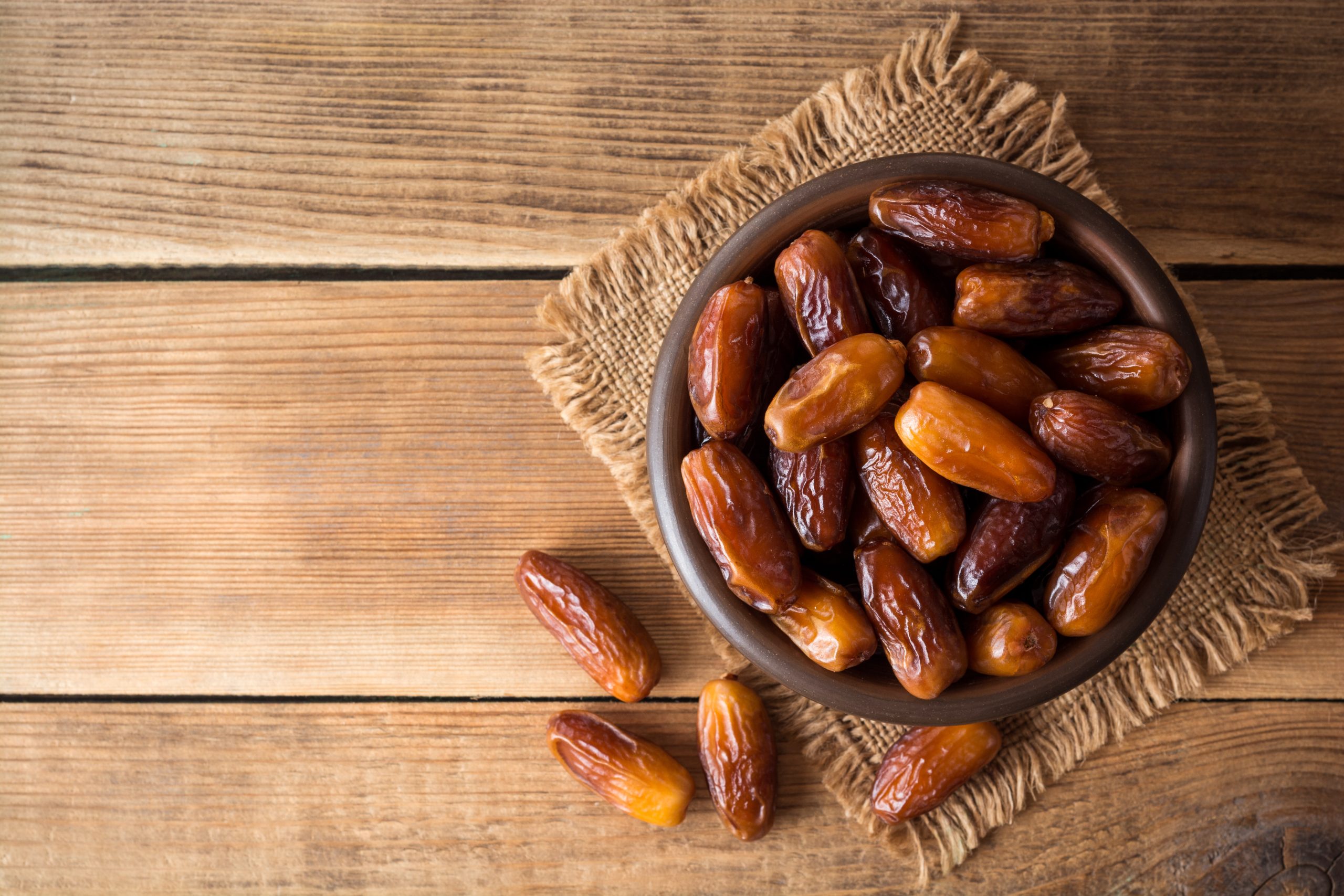Dates are a popular type of drupe cultivated for thousands of years in the Middle East. They are known for their sweet taste and high nutritional value, containing fiber, vitamins, and minerals. Dates are often eaten fresh or dried, a popular ingredient in many cuisines worldwide.
Table of Contents
What is a Date?
Dates are a type of fruit from the date palm tree (Phoenix dactylifera). Date palms are native to the Middle East and North Africa. Still, they are now grown in many other parts of the world with similar hot and dry climates, such as California, Arizona, and the Mediterranean.
Dates have been a staple food in the Middle East for thousands of years and have become increasingly popular worldwide due to their unique flavor, nutritional value, and versatility in cooking and baking.
Dates are typically oval-shaped and vary in color from light golden brown to deep reddish-brown, depending on the variety and ripeness. They have a soft and chewy texture with a sweet and caramel-like flavor, often described as a combination of honey, caramel, and cinnamon.
They are often used as a natural sweetener in recipes, such as energy bars, smoothies, and baked goods, and are also commonly eaten as a snack on their own or stuffed with ingredients like nuts, cheese, or topping in ice cream.
Dates are sold pitted or unpitted and can be found fresh, dried, or in various processed forms such as date syrup or date paste.
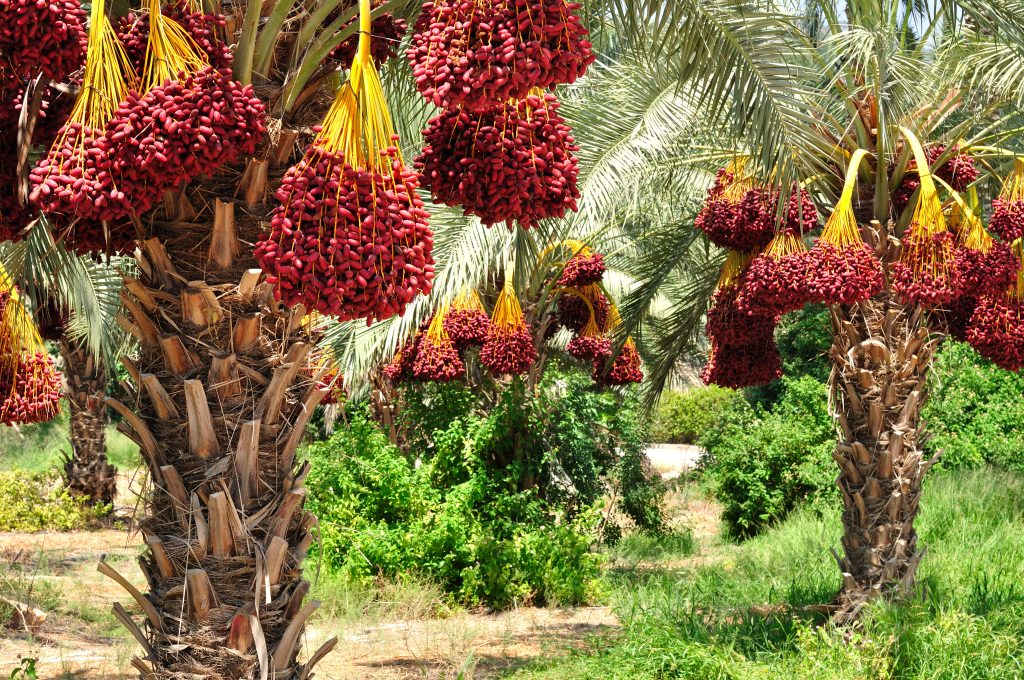
The History of Dates
We have evidence that dates have existed for at least 50 million years! The scientific name for the date palm is Phoenix dactylifera. This name comes from the ancient Grecian city of Phoenicia, where the date palm once abundantly grew.
The Greeks called it “Purple Land” because the area was famous for making purple dye from poisonous sea snails. The date palm became known as the “tree of Phoenicia,” a symbol of the region. It was even featured on Phoenician coins!
In Greek mythology, the date palm is associated with the immortal Phoenix. According to legend, the Phoenix bird would build its nest at the top of a date palm.
After 500 years, the bird would catch fire from the sun’s flames and be reborn from its ashes. Some stories even say that the date palm would die and come back to life along with the Phoenix bird.
The date palm tree comes from the deserts of North Africa and the Middle East, which are still the biggest producers of dates today. A long time ago, people from Southwestern America noticed that the conditions in their area were also suitable for growing dates.
At first, they tried to grow date palms from seeds, but it didn’t work out. However, when they got little offshoots from the trees in the Middle East and started growing them, it became successful.
Nowadays, most of the dates in America come from the Coachella Valley and the Bard Valley. Believe it or not, people in Indio, CA have celebrated dates yearly since 1921 with a Date Festival.
What Does a Date Taste Like?
When consumed raw, a date has a sweet flavor with notes of caramel and honey, and a slightly chewy texture, similar to a raisin or a dried fig.
When cooked, the flavor of dates becomes more intense and caramelized, making it an excellent ingredient in desserts or savory dishes.
Cooked dates can add sweetness and depth to various dishes, including baked goods, stews, and sauces. They can also be pureed and used as a natural sweetener or a filling for pastries and cakes.
Fresh Dates Vs. Dry Dates
There are two main types of dates: fresh and dry. Fresh dates are eaten when they are still moist and not fully ripe, while dry dates are left to dry out in the sun until they become wrinkled and chewy.
The stages of date ripening are as follows:
| Kimri | This is the first stage of date ripening, and it occurs when the fruit is still green and unripe. The dates at this stage are hard and have a high moisture content. They are not usually eaten and are mainly used for cooking. |
| Khalal | This stage occurs when the dates are still firm, but they have started to change color from green to yellow or red. The dates at this stage are crunchy and have a lower moisture content than Kimri dates. They are usually eaten as a snack. |
| Rutab | This stage occurs when the dates have become soft and fully ripe. The dates at this stage are sweet, have a sticky texture, and have a higher moisture content than Khalal dates. They are commonly eaten fresh or used for making desserts. |
| Tamar | This is the final stage of date ripening, and it occurs when the dates have fully dried out. The dates at this stage are chewy and have a very low moisture content. They are usually eaten as a snack or used for cooking. |
Regarding flavor, Kimri and Khalal dates are not as sweet as Rutab and Tamar dates, as they have not fully developed their sugar content.
Additionally, the moisture content of the fruit decreases as it ripens, with the driest dates being Tamar dates. Therefore, the flavor and texture of dates can vary greatly depending on the stage at which they are consumed.
Are Figs and Dates Related?
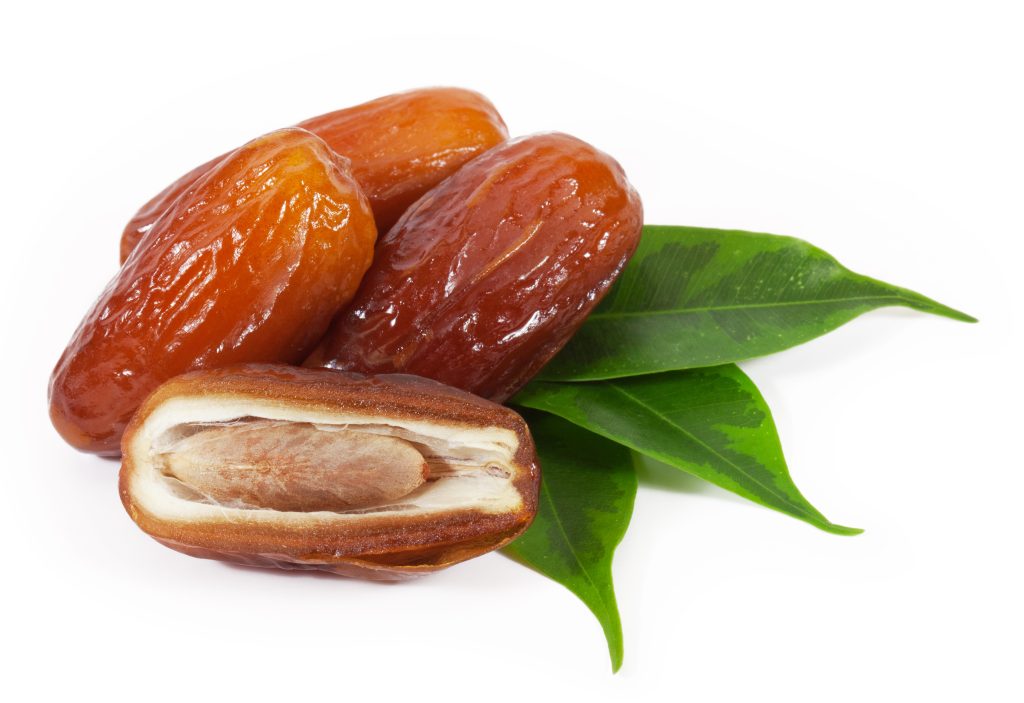
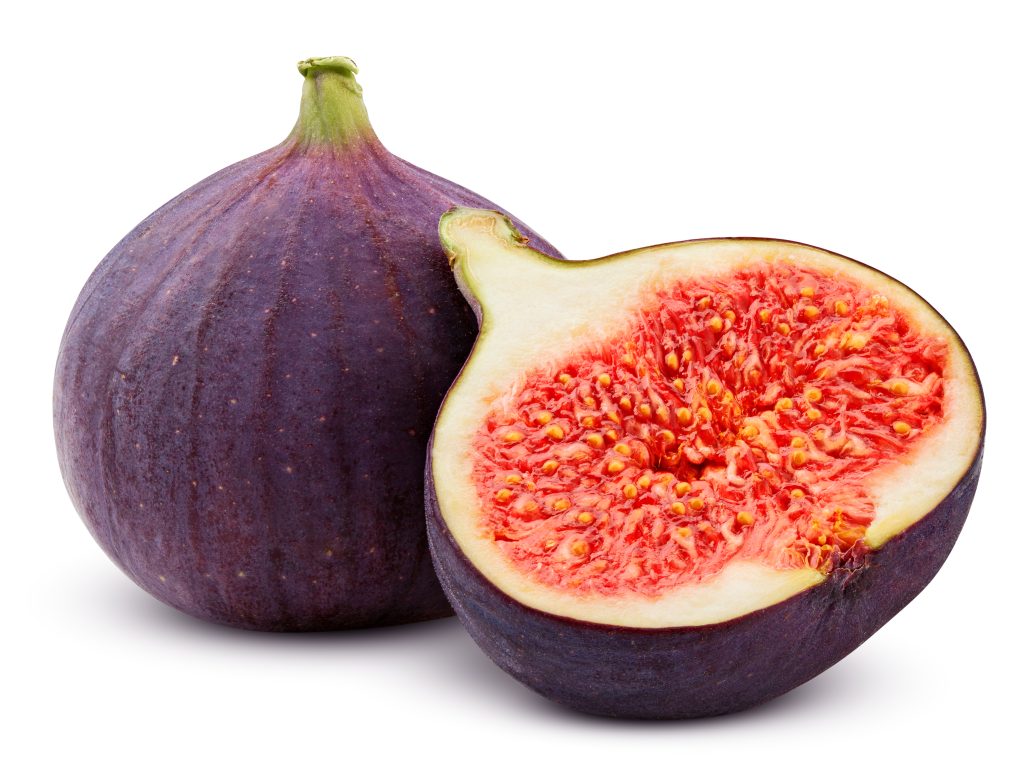
Figs and dates are two different fruits that are often confused with each other due to their similar appearance and use in desserts and snacks. Here are some of the primary differences between the two:
Origin: Figs come from the Ficus tree, native to the Middle East and Mediterranean regions. Dates come from the date palm tree, native to the Middle East and North Africa.
Appearance: Figs are usually larger and rounder than dates, with a thin, edible skin and a fleshy interior containing tiny seeds. Dates are smaller and more elongated, with wrinkled, brown skin and a chewy, sweet interior.
Taste: Figs have a sweet, mild flavor with a subtle tang, while dates have a rich, caramel-like sweetness.
Cooking with Dates
Dates are versatile fruit used in various sweet and savory dishes. They are commonly used in Middle Eastern, North African, and Indian cuisines, where they are often included in desserts, baked goods, and savory dishes like tagines and stews.
Here are some ways that dates are typically cooked:
Baked: Dates can be baked into sweet treats like cakes, cookies, and muffins. They can also be stuffed with cheese or nuts and baked for a savory appetizer.
Stewed: Dates can be added to stews and tagines to provide sweetness and depth of flavor. They can also be cooked into syrup and used as a glaze or sweetener.
Fried: Dates can be stuffed with cheese or fried in bacon for a savory appetizer.
Pureed: Dates can be pureed and used as a sweetener in smoothies, sauces, and dressings.
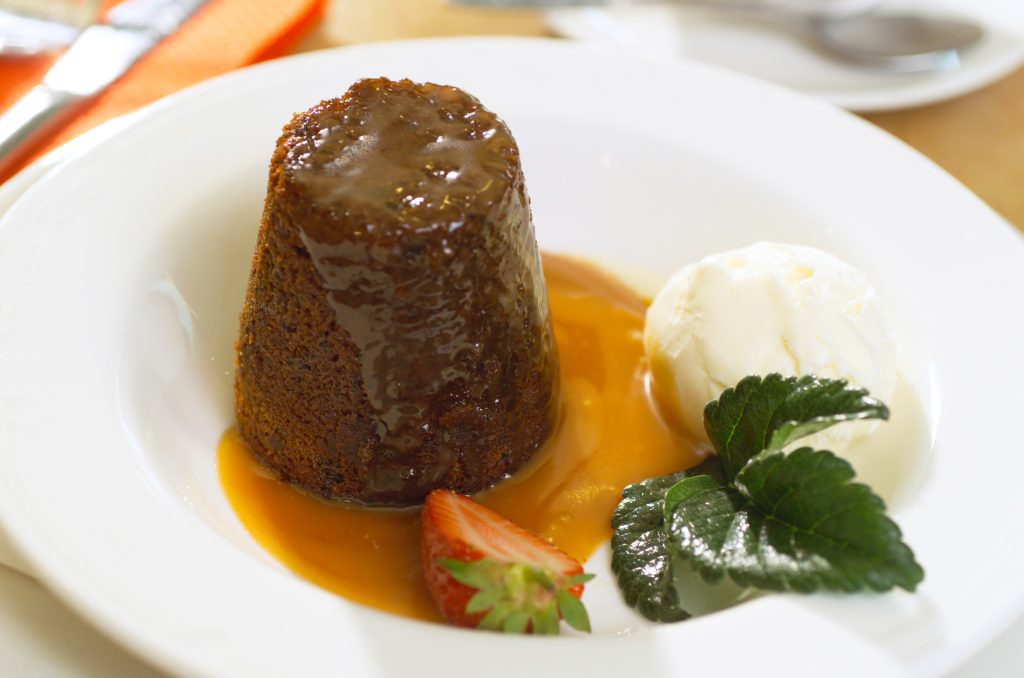
Here are some specific dishes that feature dates:
Sticky Date Pudding: A classic British dessert with dates and caramel sauce. This sweet recipe is light and will make you feel like you’re cheating on your diet.
Date and Walnut Loaf Cake: A Middle Eastern-inspired cake made with ground walnuts and sweetened with dates. This cake is perfect for when you want something that’s just a little bit sweet but not too heavy.
Beef and honey Tangine with Dates and Almonds: A Moroccan beef stew sweetened with dates. This dish is perfect if you’re looking for something hearty and filling but still light enough not to weigh you down. The dates give it enough sweetness while perfectly complementing the savory meat mixture.
Ma’amoul (Date-Filled Cookies): A Middle Eastern cookie filled with a sweet date paste and dusted with powdered sugar. These cookies are crunchy on the outside, soft on the inside…and filled with yummy date filling in between!
Barfi (Dry Fruit Roll): An Indian sweet made with various seeds flavored with dates and cardamom.
How to Store Dates
Room temperature storage: Dates can be stored at room temperature in a dry and cool place, away from direct sunlight – and in an airtight container. This method is suitable for short-term storage, typically up to a week.
Refrigeration: Dates can also be stored in an airtight container or a resealable plastic bag in the refrigerator. They can last up to 6 months this way, but they will lose moisture in time.
Freezing: Dates can be frozen for long-term storage, especially if you have many. Remove the pits from the dates before freezing and store them in an airtight container or a resealable plastic bag. You can keep frozen dates for up to a year.
Nutritional Benefits of Dates
The health benefits of dates are nothing to scoff at. They contain antioxidants such as polyphenols, carotenoids, and lignans which help protect the body against chronic diseases.
Dates are also high in fiber which is vital for digestion and preventing colon cancer. They are a source of minerals like phosphorus, potassium, calcium, manganese, and magnesium, as well as vitamin K, essential for maintaining strong bones.
Date syrup can be used as a sugar replacement option, as it has a low Glycaemic Index and has lower fructose content than other sweeteners.
Where to Purchase Dates
Dates are typically available year-round in grocery stores and supermarkets. You can find them in the dried fruit section, often near the nuts and other dried fruits.
If you’re looking for fresh dates, they are in season from late summer to early fall. Depending on where you live, you can find them at specialty stores or farmers’ markets during this time.
In addition to physical stores, you can also purchase dates online from various retailers. Some popular online marketplaces that sell dates include Amazon, Whole Foods Market, and specialty food websites.

